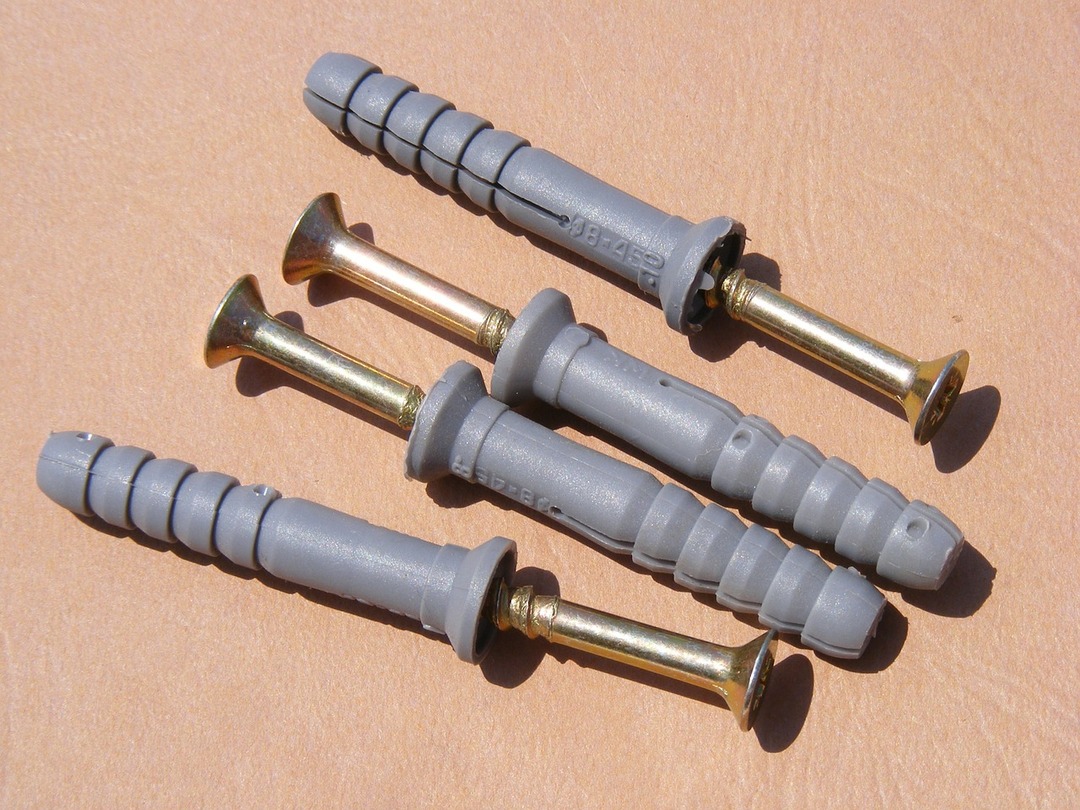We are familiar with these heroes of the famous cartoon from childhood - Vintik and Shpuntik. And their names seem to be simple and understandable. In fact, there are no mistakes with just the name of one hero. What is a screw, everyone represents. Many people are mistaken with a tongue-and-groove. Although it is not difficult to figure out what it is.
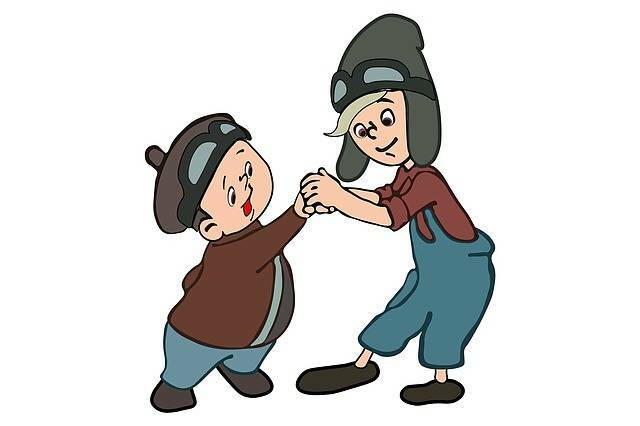
Erroneous explanation of the name
The content of the article
- Erroneous explanation of the name
-
What is tongue and groove
-
Wood part element
- Application
-
Larsen metal sheet piling
- Peculiarity
-
Wood part element
Most of us, hearing the name of Vint's friend, imagine some kind of metal object. Most often, the nut is mentally remembered. And they are even sure that this name was invented only because the cartoon character is male. And if the second main character of the animated film were a girl, she would probably be called "gadget". That is why many people still imagine a tongue in the form of a nut or the same iron object.
What is tongue and groove
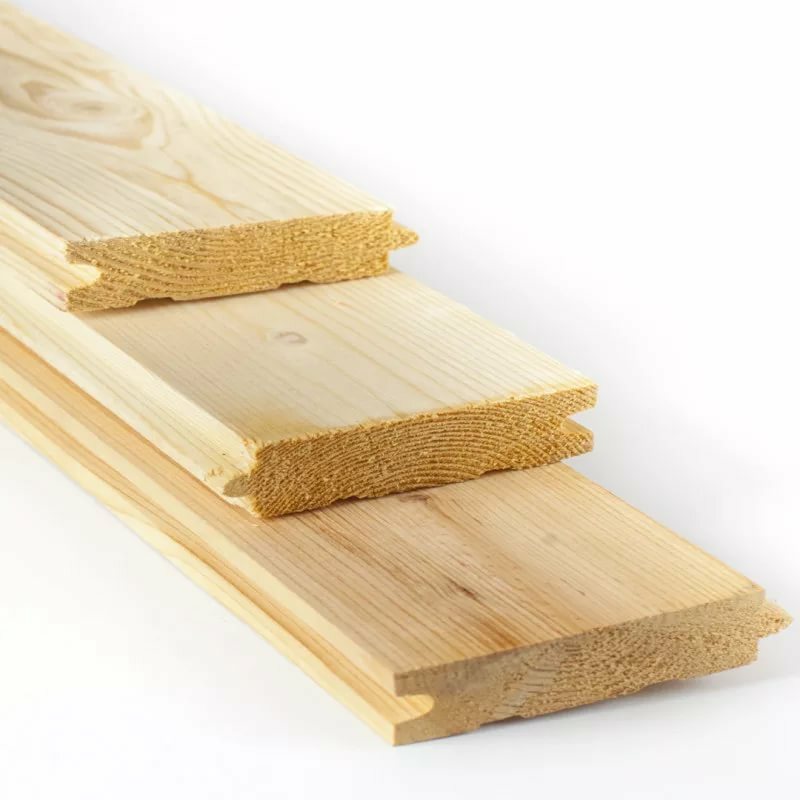
Actually, the name of the cartoon character is a diminutive form of the word "tongue"
. This is a specific type of fastener that is used in metal, wood, or even plastic parts. But it does not look like a screw or a nut in any way.Wood part element
The word "tongue" means protruding part on a wooden product, which is intended for fastening. It is inserted into the groove, securing the joints without the use of metal fasteners and additional equipment.

Reference. Fastenings with tongue and groove are used in wooden furniture or flooring.
The protruding part of a wooden product on one side of the future structure enters a groove or hole on the other side of the product. Thus, a one-piece piece is obtained, which is tightly fastened and serves for a long time without breaking. In some cases, it has to be knocked out with a mallet in order to sit tight. In most modern materials, the protrusion easily fits into the groove prepared in advance and falls into its intended place.
Application
An example is wooden stools made according to old samples. The legs and seat were held together by protruding small wooden "pins" on the chair legs. They were inserted into holes made in advance on the back of the seat. And they beat me with a mallet so that they would sit tight.
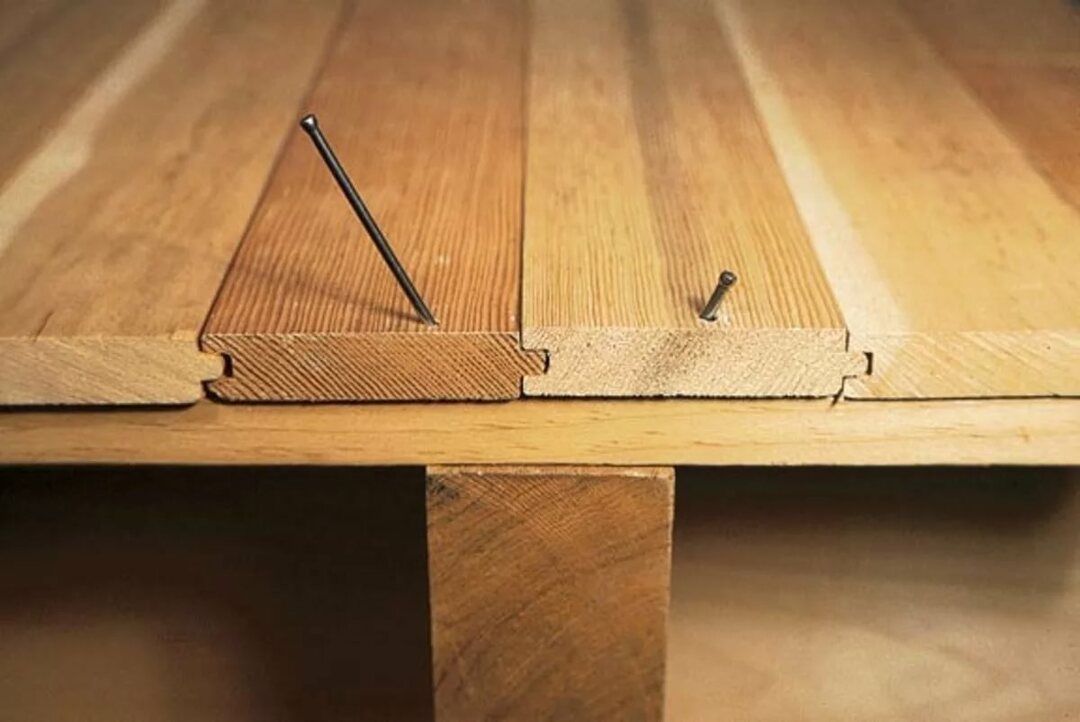
A modern example of the use of steel floor coverings (floorboards, laminate) or PVC panels for interior wall decoration. They also have projections and are connected with their help to each other without using any third-party fasteners made of metal or plastic.
Larsen metal sheet piling
This mount is a metal "lock" with good waterproofing properties..
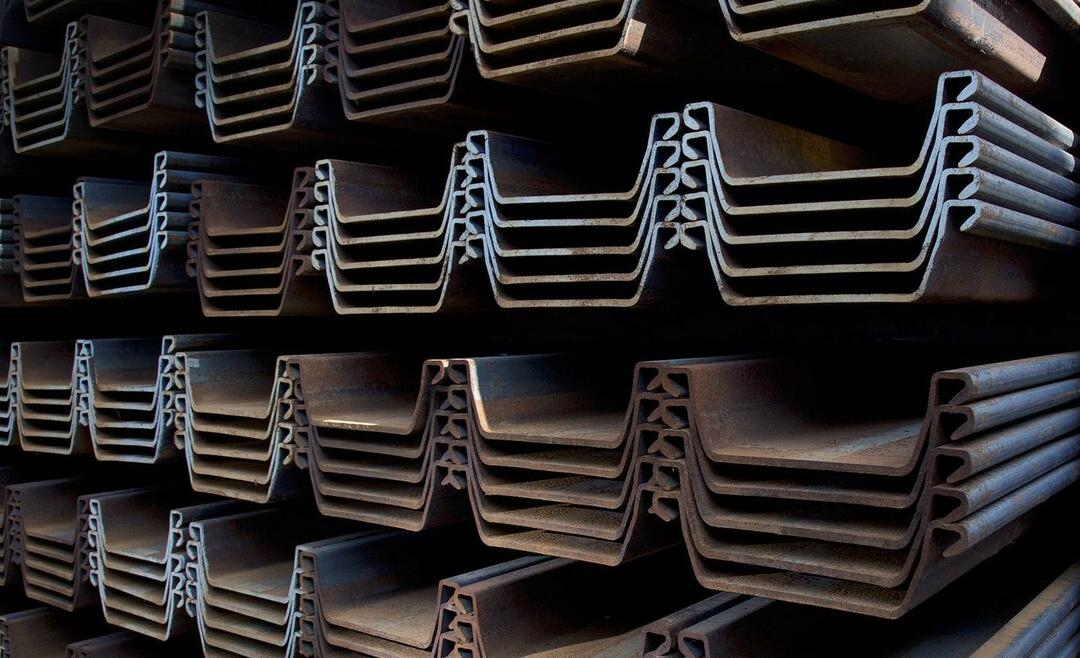
Reference. Larsen sheet piling is widely used in small and large-scale construction.
Larsen's products are three types:
- U-shaped;
- Z-shaped;
- S-shaped.
They represent metal profile with secure Larsen locks at the edges. They are mounted in two available ways: using vibration immersion or by means of static indentation installations.
Peculiarity

Due to the additional use of various mastics, varnishes and other compositions with water-repellent properties, joints are absolutely impervious to moisture.
The originality of these mounts is the possibility of their repeated use. Such profiles can be easily rented. And after carrying out the necessary measures, remove it by returning it to the landlord. This does not in any way affect their performance in the future and does not spoil their quality characteristics.
Thus, the cartoon shown to us in childhood is misleading and does not give a clear idea of who Shpuntik is. Although the tongue itself is very popular with professionals.
Subscribe to our Social Networks
The author has a brain twist. This is a completely different sheet pile, used in the production of wooden barrels, and is a wooden nail, cork, plug.
Anyone who wrote a fairy tale was probably guided by word formation rather than naturalism of meaning.
Most likely in his language is SHKANTIK visle - this is a pin made of any material that does not have a tip or a hat. like this.
https://mnogo-dosok.ru/wp-content/uploads/2019/04/shkant.jpg
But the diminutive e from the shkantik either did not occur to him or seemed unsonic. So he chose SHPUNTIK. Screw and Shpuntik - rhymes beautifully. unlike Vintik and Shkantik.
The only thing that can be understood is that the author has verbal diarrhea.
Somehow, from the very first moment of "acquaintance" with these characters, I decided that since Vintik and Shpuntik are jack of all trades, then one of them should be a locksmith, and the other a joiner (or carpenter). Since Vintik's “name” clearly alluded to “locksmith”, I came to the conclusion that “tongue-and-groove” is something from joinery, carpentry - in general, “wooden” cases. As it turned out later, I was not mistaken in my assumption.
The stool cover is attached to the SHKANT,
The tongue in German is a plug. And Tsigel is a brick. People don't need to fix their brains
The boards were fastened to each other along their length by “tongue-and-groove” - small wooden cylinders. Something like this. Sincerely.
Shpuntik had absolutely nothing to do with the tree in the cartoon, don’t powder anyone’s brains, he didn’t build anything grooved there, yes and we had little in those days in wood it was used, simple planed boards were in short supply... The tongue was used in engines, uh
letric, gasoline... To connect the shaft with the torque element... This is the so-called protruding part... Vitik and Shpuntik were engaged in mechanics and not carpenters
And the author did not have any verbal diarrhea... The crankshaft with a generator on old engines was connected to transmit torque with a tongue ...
The tongue is not just a bulging part. The bulging part is called the ridge and the tongue is on the other side.
cog and shpuntik.. and cog and shpuntik rhyme the same way!! look at the same endings !!!
To connect the shaft to the torque element... This part is called a KEY and it is a GIRL!
And also, so that the part does not fall off the shaft, when rotating, a SHIPPIN is inserted through the through hole. Then they unbent his mustache so that he would not fall out!
I once figured out how to make an oppression disk in a cabbage tank. I sawed a circle out of a wide board, attached a board on top. Iron-nails, screws, as I thought it was undesirable to use. I drilled 4 holes, cut out 4 chopiks with a diameter of 10mm and hammered in. By the way, nothing has crumbled for more than 12 years. Didn't know the decoding of the name Shpuntik, Thank you TS for the article Can they be called dowels? By the way, for oppression I use a hefty piece of rock, on top of a druse of amethyst. Both beautiful and practical. Usually amethyst flaunts in the wall for the time being.
The tongue is also a barrel plug. (beer or wine).
And also, metal piles with a lock are called sheet piles. They protect the place of pouring concrete in the river bed during the construction of the bridge.
For Barinov. In German, "plug" is Spund through D. And a small telindr is a dowel. Before being clever and writing something, you need to know a little math.
for Alexey. You have confused the tongue with the KEY. It is she who mechanically connects the shaft and the torque element.
for Dmitry. The crankshaft was connected to the generator mechanically by means of a KEY.
A tongue, the same screw, only without a head and is inserted into the groove instead of the key in sliding joints. Not to be confused with a pin that secures tightly.
In wooden long joints, tongue and groove are called tongue-and-groove, and only this way and not otherwise.
The most valuable thing in your remark is the cylinder... You can guess what to learn ???
For Vladislav, “for Alexei. You have confused the tongue with the KEY. It is she who mechanically connects the shaft and the torque element. " In my opinion, I wrote that the SHPONKA transmits the torque.
"We are familiar with these heroes of the famous cartoon - Vintik and Shpuntik from childhood."
Chukchi is not a reader, Chukchi is a TV viewer

